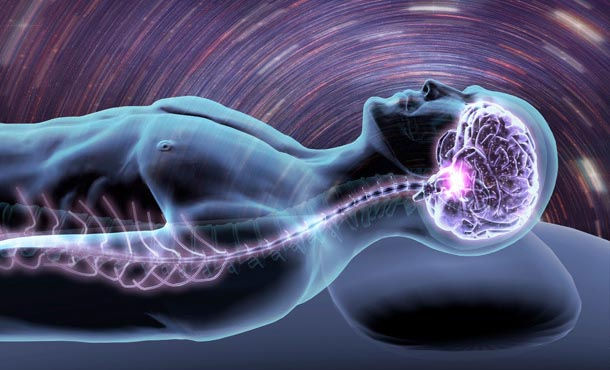Circadian Rhythms
- Shamsi Mumtahina momo

- Jan 3, 2023
- 2 min read
Circadian rhythms are physical, mental, and behavioral changes that follow a 24-hour cycle. These natural processes respond primarily to light and dark and affect most living things, including animals, plants, and microbes. Chronobiology is the study of circadian rhythms. One example of a light-related circadian rhythm is sleeping at night and being awake during the day.

Numerous studies have shown that animals usually have an internal timekeeper,known as the Biological Clock, that is involved in maintaining circadian Rhythms. Biological clocks regulate a variety of physiological phenomena,including hormone release,hunger and heightened sensitivity to external stimuli. In mammals, the biological clock is a pair of hypothalamic structures called suprachiasmatic nuclei(SCN). Again, Drosophila appear to have many biological clocks in various parts of their body.
Biological clocks usually require external cues to remain synchronized with the environmental cycles. For example, visual information about light intensity transmitted to the SCN synchronizes the mammalian clock with the natural cycles of day length and darkness. Experiments with rodents have revealed that cells in the SCN produce specific proteins in response to changing light/dark cycles.
Human circadian rhythms have been the subject of particularly intense study because upsetting them can cause sleep disorders. In a famous series of experiments in the 1970s, researchers housed subjects in comfortable rooms deep underground,where subjects could set their own schedules without external cues. Those experiments(also called the Bunker experiment) suggested that the human biological clock has a cycle length of about 25 hours, with much individual variation. In the 1900s, however, a research team at Harvard University challenged those findings, pointing out that even indoor lighting can influence circadian rhythms. Using more rigorous experimental conditions, the Harvard scientists found that the human biological clock has a cycle length of 24 hours and 11 minutes, with very little variation between individuals.
REFERENCES:




Comments